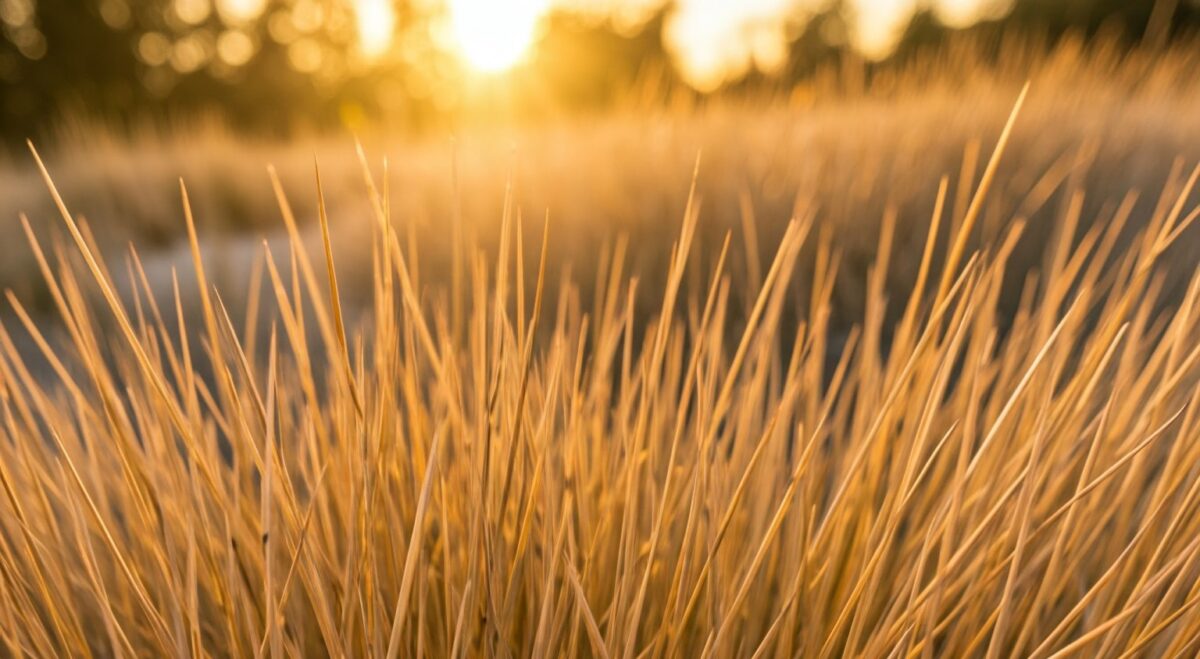In South Florida, many warm-season grasses, like St. Augustine or Bermuda grass, experience a period of dormancy during the winter months. This is true for Garden Patio Villas in Margate, Florida.
Here’s why:
- Temperature Drop: While South Florida enjoys a milder winter compared to other parts of the US, temperatures can still drop significantly below the ideal growing range for these grasses.
- Reduced Sunlight: Shorter days and less intense sunlight in winter limit the amount of energy available for photosynthesis, a crucial process for grass growth.
- Cooler Soil Temperatures: Even if air temperatures remain relatively warm, soil temperatures can drop significantly, hindering root growth and nutrient uptake.
What happens during dormancy?
- Growth Slows Down: Grass growth significantly slows down or stops completely.
- Color Change: The grass will typically turn brown or yellow as chlorophyll production decreases.
- Reduced Water Needs: Since the grass isn’t actively growing, water requirements are significantly reduced.
Is dormancy harmful?
No, dormancy is a natural process that allows the grass to conserve energy and survive the colder months. When spring arrives and temperatures warm up, the grass will typically green up again.
Important Notes:
- Overseeding: Some homeowners choose to overseed their lawns with cool-season grasses during the winter to maintain a green appearance.
- Minimal Maintenance: During dormancy, it’s best to minimize mowing and avoid fertilizing.
By understanding the natural dormancy cycle of South Florida grass, our Members in Garden Patio Villas can better understand their lawns and know this is the normal process why our lawns may turn brown in South Florida.
Related
